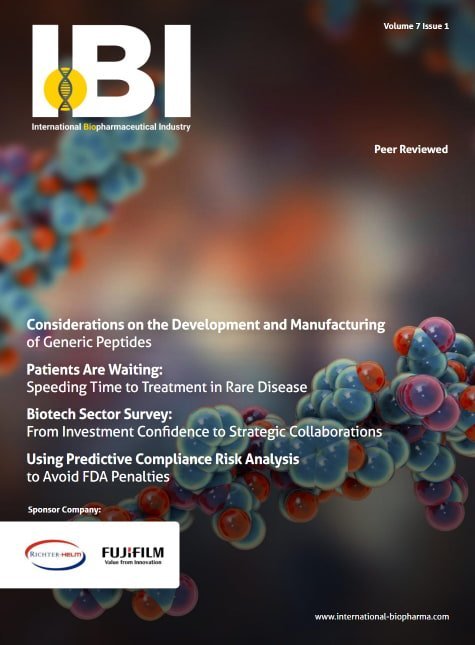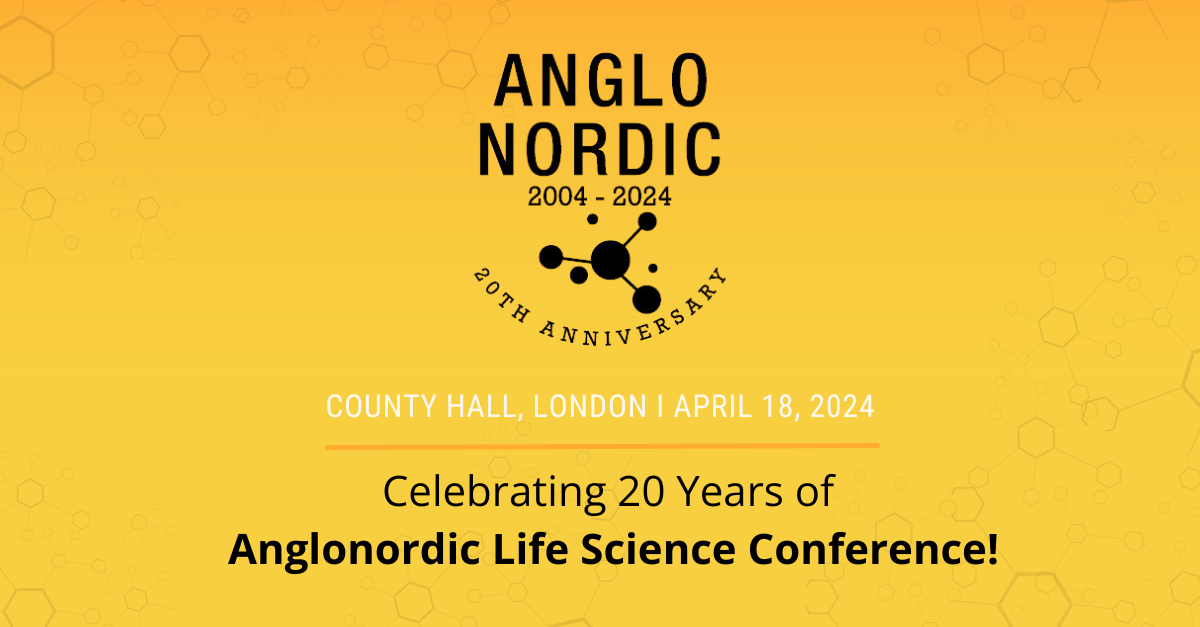Antimicrobial and antifungal resistance, which describe the ability of bacteria and other pathogens to resist the effects of drugs to which they were once sensitive, is a major public health problem worldwide. A study published recently in the journal Nature Communications suggests that the solution may come from the tiny bodies of insects, or more accurately, from the microbiota that they host.
This innovative hypothesis was first proposed by Brazilian and US researchers as part of a collaborative project begun in 2014 with support from FAPESP and the US National Institutes of Health (NIH).
The idea was to isolate bacteria that live in symbiosis with leafcutting ants of the genus Atta and to look for natural compounds with the potential to yield new drugs (read more at: agencia.fapesp.br/19498).
By pursuing this strategy, a research group led by Monica Tallarico Pupo, Professor of Medicinal Chemistry at the University of São Paulo’s Ribeirão Preto School of Pharmaceutical Sciences (FCFRP-USP), and Jon Clardy, Professor of Biological Chemistry and Molecular Pharmacology at Harvard Medical School in the US, discovered cyphomycin, which, when tested in vitro and in vivo, was shown to be capable of killing fungi that cause diseases in humans and are resistant to currently available drugs.
“It was an exciting discovery because it confirmed our hypothesis that the insect microbiota is a promising source for the isolation of compounds with antibacterial and antifungal activity. Of course, it’s too soon to know whether cyphomycin will become a drug, but we’ve made sufficient progress to apply for a patent,” Pupo told Agência FAPESP.
Many antibiotics, she added, originate from compounds produced by bacteria found in soil. Most of these bacteria belong to the genus Streptomyces. The researchers decided to investigate this same group of filamentous bacteria in insect bodies. Their hypothesis was that if the bacteria help insects defend against pathogens, they might play the same role in humans.
“Soil was thoroughly explored at the time the first antibiotics were discovered and produced,” Pupo said. “We wanted to find a new ecological niche. We set out to confirm whether evolutionary pressure made the bacteria hosted by insects even more effective against pathogens.”
Specimens were collected by collaborators from the US, Costa Rica and Panama. In addition to leafcutting ants of the tribe Attini, butterflies, wasps, bees and moths were included, for a total of 1,400 insects.
“In Brazil, more than 300 ant colonies were collected in the Cerrado [Brazilian savanna], Atlantic Rainforest and Amazon biomes. Cyphomycin was isolated in one specimen of the genus Cyphomyrmex collected on the University of São Paulo’s Ribeirão Preto campus,” Pupo said.
After the insects were collected, the bacteria found in their bodies were isolated, purified in the laboratory, and tested in vitro against microorganisms that act as pathogens in humans. The species that proved most effective against these pathogens were selected for metabolomic analysis – to characterize the metabolites they produce and identify the most active of these – and for phylogenetic studies, in which gene sequencing indicated to what extent the insect-associated bacteria resembled the strains of Streptomyces that live in soil.
“We combined chemometrics and liquid chromatography coupled with mass spectrometry to profile the compounds produced by the insect microbiota. The aim was to identify the Streptomyces strains that produce a distinctive chemistry – in other words, to find compounds quite different from those synthesized by soil bacteria. In this way, we increased the likelihood of finding a genuinely innovative molecule,” Pupo explained.
The compounds shown to be most effective by these rigorous methods were tested again, in vitro and in mice, against pathogens resistant to the drugs used in clinical practice.
According to Pupo, cyphomycin was not effective against bacteria but proved capable of combating infection by Aspergillus fumigatus, the fungus most frequently found in hospital-acquired infections and the cause of aspergillosis, a disease with an attributable mortality as high as 85% even after antifungal treatment.
When administered to laboratory animals, cyphomycin also combated infection by Candida glabrata and C. auris, fungi that cause candidiasis in humans and are resistant to existing drugs.
“Cyphomycin wasn’t the first compound with antimicrobial action identified in our project, but no others displayed this level of activity,” Pupo said.
The part of the study that developed the chemical profile of the bacterial compounds was performed during the PhD research of Humberto Enrique Ortega Dominguez with FAPESP’s support and supervision by Pupo at FCFRP-USP. During a postdoctoral research internship at the University of Wisconsin-Madison in the US, with supervision by Tim Bugni and a scholarship from FAPESP, Dominguez focused on metabolomic studies and isolated cyphomycin, finalizing its structural determination after his return to Brazil. The trials with mice were conducted by David Andes and his group at UW-Madison.
Weilan Gomes da Paixão Melo, a postdoctoral researcher with a scholarship from FAPESP, participated in insect collection and in microbiota isolation and identification. She also performed phylogenetic studies during a research internship in Cameron Currie’s laboratory at UW-Madison.

























